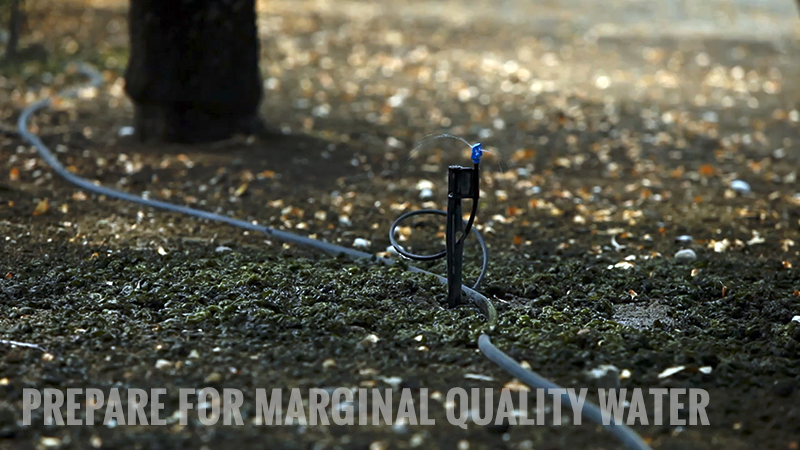Pumped for Papaya! New Growth Opportunities Take Root in Florida
Did you know the U.S. leads the way in importing papaya? For the few domestic growers of the tropical fruit, that kind of demand could mean a healthy profit. University of Florida scientists want to help South Florida farmers increase their economic returns when growing papaya to meet consumer demands and enhance their competitive edge domestically and internationally.
That’s why they embarked on a trial to find new varieties that grow well in South Florida and that possess valuable traits for future breeding work. Some of these new types included solo papayas that historically have not been widely grown in the area.
“This research is timely as growers are looking for higher value crops that resonate with consumers,” says Alan Chambers, a Tropical Plant Geneticist at the UF/IFAS Tropical Research and Education Center (TREC) in Homestead. “Additionally, consumers are looking for novel fruit and fruit with superior quality.”
The results published in Scientia Horticulturae, take a close look at 21 papaya varieties ripe for growing in South Florida for fruit quality, aroma, plant height and yield components.
The trial, conducted at TREC, featured diverse cultivars obtained from USDA’s Agricultural Research Service (USDA-ARS), and the Tropical Plant Genetic Resources and Disease Research unit in Hilo, Hawaii. Cultivars are often categorized as either large papayas referred to as “Mexican” or “Formosan” papayas, or small, pear-shaped papayas known as “solo.”
“One of our major objectives in the trial identifies the best solo type papaya for South Florida,” Chambers says. “These papayas are worth more than common papayas, and they have a superior flavor. Solo papayas are a good option for those looking to diversity their crops. We think that solo papayas are an attractive option for more people because they lack the musky aroma that is so unfavorable to many people.”
Unfortunately, expansion of the papaya industry in South Florida is hindered by low prices and a lack of varieties resistant to the papaya ringspot virus (PRSV).
“We are working to address these challenges through our papaya research and breeding program,” says Sarah Brewer, a graduate research assistant on the team. “Through this trial, we have identified papaya varieties with excellent fruit quality characteristics and strong performance in the field. We are now using these varieties in our breeding program, in combination with PRSV-resistant lines. The ultimate goal is to develop virus-resistant, solo papayas that grow well here in Miami-Dade County.”
Cultivation of solo papayas in South Florida may benefit both growers and consumers, adds Brewer.
“Many of the solo papaya varieties in this trial were estimated to have higher sugar content than the large-fruited ‘Maradol’ variety,” she says.
The study also found the aroma in papaya varieties differed significantly. For example, the red solo papaya varieties ‘Sunset’, ‘Sunrise’, and N08-75 were especially low in chemical compounds that may negatively affect fruit flavor for consumers, according to Brewer.
The U.S. imported 192,070 metric tons of papaya in 2019, or about 70% of all internationally traded papaya.
Papayas are grown year-round, largely in the Miami-Dade County area, with the largest production occurring during the summer and fall.









